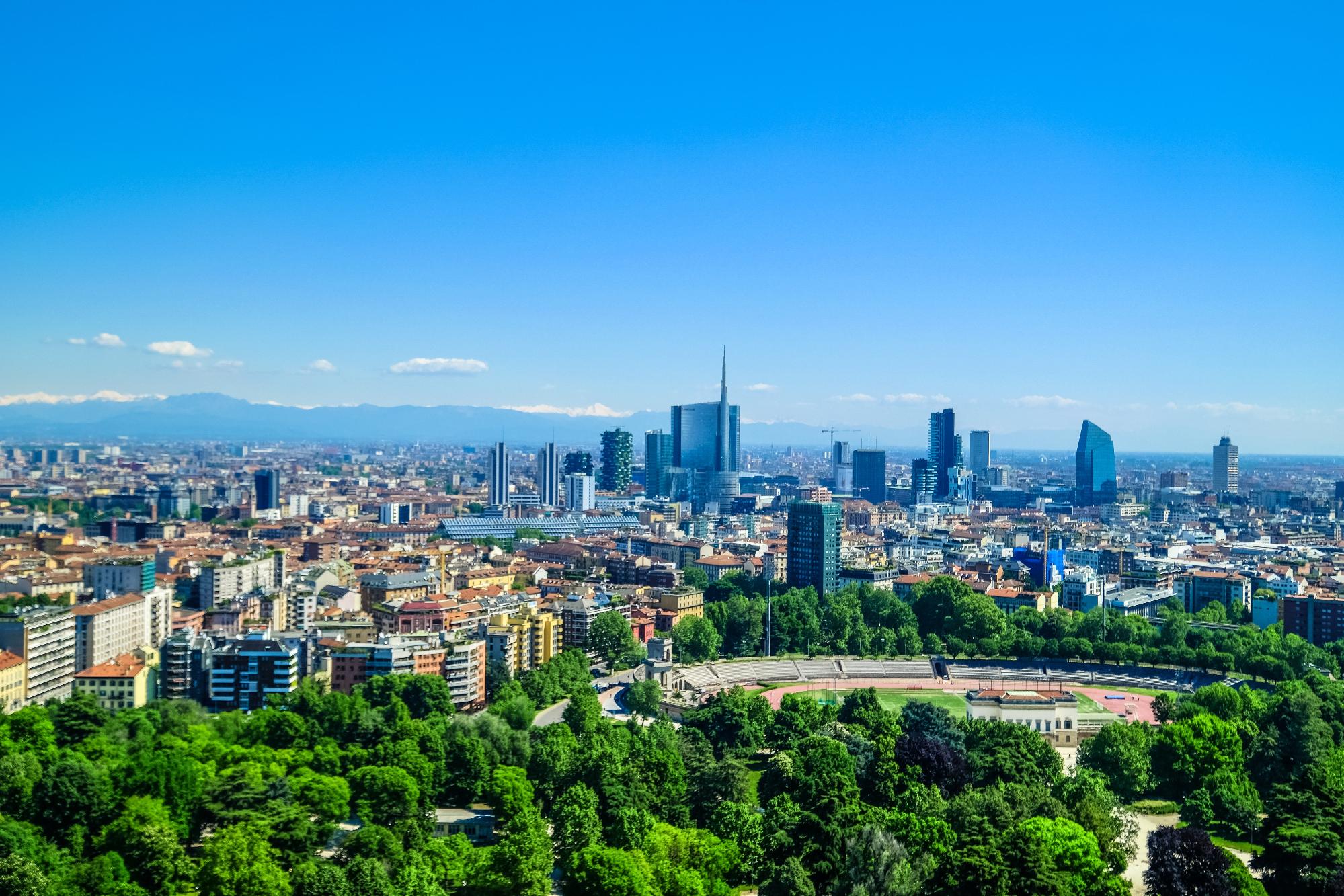Landscape architecture has the power to transform urban environments, creating inviting and functional spaces that promote the well-being of city dwellers. By examining successful projects and discussing key design principles, we can better understand the potential of this field to reshape our urban landscapes.
Preservation and Maintenance
Preserving and revitalizing historic and cultural landscapes is another way landscape architects contribute to the vibrancy of urban spaces. By respecting local heritage and integrating it into modern designs, landscape architects ensure that cities maintain their unique character while adapting to present-day needs. For example, the Cheonggyecheon Stream Restoration Project in Seoul, South Korea, successfully transformed a degraded urban highway into a thriving public space, highlighting the city’s cultural roots and history in the process.
While designing and implementing landscape architecture projects is important, the critical aspects of maintenance and care cannot be overlooked. Ensuring that urban spaces remain healthy, vibrant, and functional requires proper attention to their upkeep. Landscape professionals can rely on a variety of resources for maintenance, such as the Golf Course Lawn Store, to find specialized products that help maintain the beauty and functionality of urban spaces for the long term.
Urban Gardening
By integrating foliage and thriving ecosystems into cityscapes green roofs and vertical gardens are breathing life into the urban environment. Rooftop gardens, for instance, not only add visually striking elements to the urban landscape but also provide a habitat for pollinators, improve air quality, and help reduce energy consumption in buildings. One notable example is the California Academy of Sciences building in San Francisco, which features a two-acre living roof that absorbs rainwater, insulates the structure and houses local flora and fauna.
Landscape architects are increasingly integrating urban agriculture into their designs, providing communities with access to locally grown food while also strengthening social cohesion. Urban farms and community gardens not only increase awareness of sustainable agriculture but also serve as hands-on educational spaces for children and adults alike. An inspiring example is the Camden Street Learning Garden in Raleigh, North Carolina, which transformed a previously vacant lot into a vibrant community garden that fosters connections between residents and encourages healthy eating habits.
Public Art and Utilization
Incorporating public art into landscape architecture projects helps create engaging and memorable spaces that invite interaction and inspire creativity. Art installations, murals, and interactive sculptures contribute to the visual and experiential richness of urban spaces, encouraging city dwellers to take a moment to pause, appreciate, and connect with their surroundings. The Crown Fountain in Chicago’s Millennium Park is an excellent example of an art-infused public space where digital technology, water, and human interaction merge to create a unique urban experience.
Enhancing walkability and bike-ability is vital for promoting active lifestyles and reducing car dependency in urban centers. Landscape architects design streetscapes, sidewalks, and bike lanes with a focus on the user experience while prioritizing safety and accessibility for all. One well-known example is the High Line in New York City, a linear park built on an elevated section of a former railway. This innovative park design offers locals and visitors a pedestrian-friendly green space above the busy streets below.
Water and Climate
Urbanization often leads to an increased amount of impervious surfaces, making stormwater management essential for cities. Landscape architects use green infrastructure, such as rain gardens, bioswales, and permeable pavements, to manage stormwater runoff, simultaneously reducing flood risks and filtering pollutants. The Tanner Springs Park in Portland, Oregon, is an excellent example of a landscape architecture project that combines stormwater management with public green space, creating an oasis where water is cleansed and filtered before returning to the ecosystem.
Landscape architecture plays an essential role in helping cities adapt and respond to a changing climate. This includes designing coastal resilience solutions that protect communities vulnerable to sea-level rise and storm surges, developing urban heat island mitigation strategies, and integrating drought-resistant plants into urban landscapes. An example of this is the award-winning Bishan-Ang Mo Kio Park in Singapore, which replaced a concrete canal with a naturalized river system, creating a multifunctional green space that minimizes erosion and provides flood protection.
Urban Placemaking
Placemaking is the art of designing meaningful public spaces that enhance community engagement and promote a sense of identity. Landscape architects are often involved in the planning, design, and execution of urban placemaking projects that range from revitalizing parks and plazas to creating vibrant public markets. The transformation of the Socrates Sculpture Park in Queens, New York, from an abandoned industrial lot to a thriving cultural destination, showcases the power of landscape architecture in cultivating unique urban enclaves.
Research shows that exposure to nature can have profound benefits for mental and emotional well-being. Landscape architects create therapeutic landscapes, such as healing gardens, sensory trails, or labyrinthine walking paths, that cater to the needs of diverse populations, including children, seniors, and individuals with disabilities. The Brooklyn Bridge Park in New York showcases how landscape architecture can create a meditative, calming space amidst urban chaos, offering views of the skyline and the waterfront.
Final Thoughts
The transformative impact of landscape architecture on urban environments is undeniable. Through innovative projects and thoughtful design principles, landscape architects play a pivotal role in revitalizing urban spaces, fostering community engagement, and promoting ecological resilience. By continuing to explore the power of landscape architecture, we can ultimately create more sustainable, equitable, and vibrant cities for future generations.








